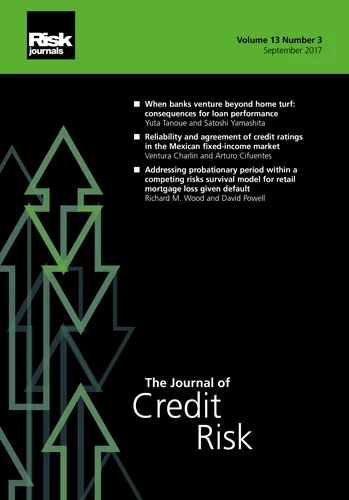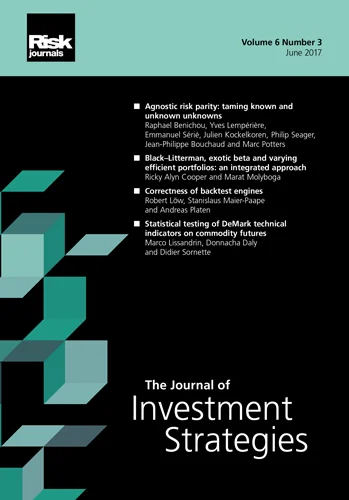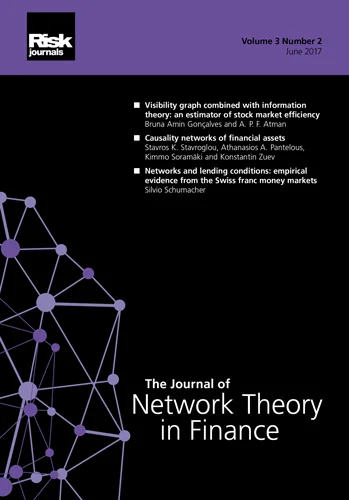Journal of Risk
ISSN:
1755-2842 (online)
Editor-in-chief: Farid AitSahlia
Volume 18, Number 1 (October 2015)
Editor's Letter
This issue of The Journal of Risk contains papers that offer practical approaches for two common estimation techniques for value-at-risk (VaR), namely, historical simulation and extreme value theory. The other two topics considered in the issue are the assessment of bond portfolios with missing credit ratings and a behavioral perspective on option risk management.
Though historical simulation, through various improvements, has become a favored approach to estimating VaR, it has also been subject to pitfalls. Among them are its focus on a single tail of the loss distribution, which incorrectly assesses short positions, and its lack of robustness, which results from insufficient data. These shortcomings are addressed in the first paper of the present issue, "Historical simulation with component weight and ghosted scenarios", in which Xinyi Liu develops an efficient method that combines data augmentation (which is common in empirical likelihood inference)with exponential weighting of observations.
Another technique that is particularly prized for VaR is the peak-over-threshold method, though the main challenge has been to correctly determine its critical threshold. The latter problem has led to the development of a variety of procedures, with uneven degrees of success. In the issue's second paper, "Extreme value theory, asset ranking and threshold choice: a practical note on VaR estimation", Benjamin R. Auer shows that, for the purpose of assessing asset riskiness for portfolio inclusion, there are no substantial differences between standard historical simulation and the peak-over-threshold method.
In our third paper, "Bayesian synthesis of portfolio credit risk with missing ratings", Dror Parnes considers bond portfolios that contain assets for which credit ratings are missing (there are a variety of plausible reasons for ratings being missing). He proposes a Bayesian alternative to the traditional weighted average ratings approach that can both predict the average default rates of homogeneous portfolios and provide a better basis for supporting credit gains through diversification.
In the fourth and final paper of the issue, "Managing option-trading risk when mental accounting influences prices", Hammad Siddiqi evaluates the impact on Black-Scholes based risk parameters of the subjective assessment of a call option relative to its underlying. He shows that a mental accounting perspective is better suited than the Black-Scholes model to justifying the popularity of covered call writing; the paper also includes a discussion of alternative risk measures.
Farid AitSahlia
University of Florida
Papers in this issue
Historical simulation with component weight and ghosted scenarios
This paper puts forward two strategies for improving Historical Simulation in weak areas.
Extreme value theory, asset ranking and threshold choice: a practical note on VaR estimation
This paper analyzes asset rankings derived from state-of-the-art POT approaches to estimate VaR.
Bayesian synthesis of portfolio credit risk with missing ratings
This paper uses a maximum likelihood estimation to assess the projected average default rates of debt portfolios.
Managing option-trading risk when mental accounting influences prices
This paper explores the implications for risk management of mental accounting of a call option with its underlying.








